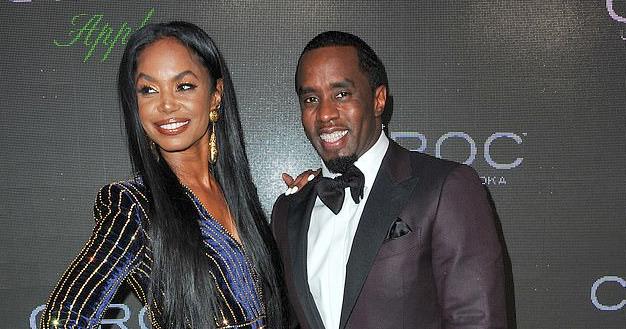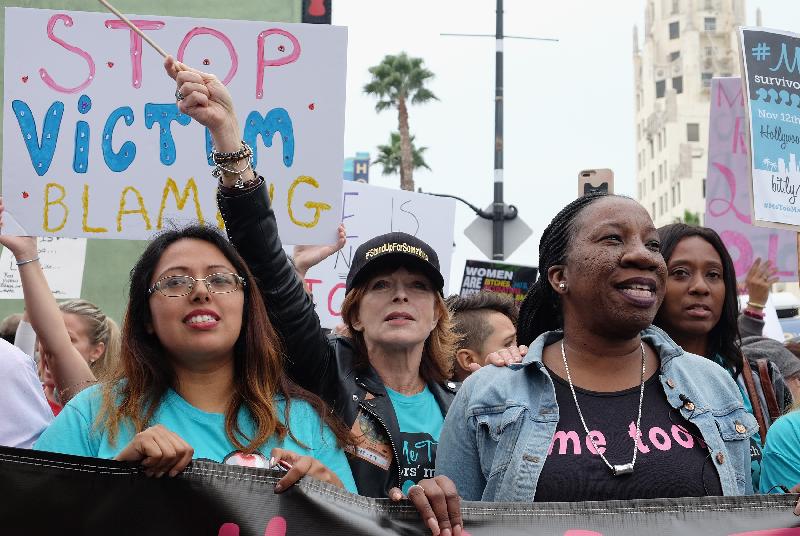
*(CNN) — Five years ago, a single hashtag sent waves across the world: #MeToo.
News of sexual harassment and assault allegations against ubiquitous Hollywood producer Harvey Weinstein had just broken. In its wake, countless people came forward with stories of sexual abuse — accusing high-profile men from former president George H. W. Bush to actor Kevin Spacey of various kinds of sexual harassment.
Though the actual movement had been started years earlier by activist Tarana Burke, the hashtag’s rapid ascent, spurred by a tweet from actress Alyssa Milano, forced many in the US and around the world to confront deep-rooted cultures and systems of sexual abuse.
These days discussions of sexual violence, sexism and power are mainstream, said Jennifer M. Gómez, a professor at the Boston University School of Social Work who studies interpersonal trauma. But in decades past, these discussions typically existed primarily in activist or scholarly circles.
MORE NEWS ON EURWEB: Daymond John’s ‘Black Entrepreneur’ Show Drops Tonight – Small Black Businesses Win $175,000
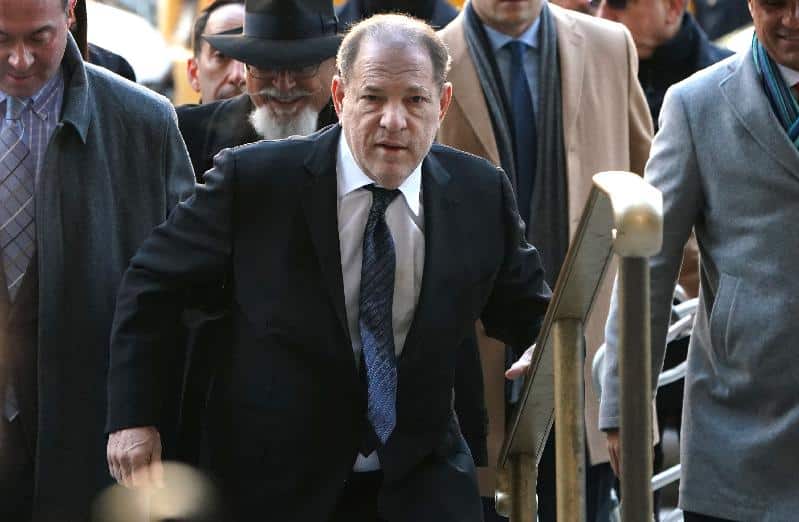
“General mainstream awareness, I think, is much higher and just much different than five years ago,” Gómez said. “And I think that can be attributed pretty directly to the Me Too Movement.”
Here’s how #MeToo has changed society — and where it still has to go.
How has the movement been successful?
Just the fact that people can talk more openly about sexual violence and abuse, Gómez said, is significant — and a far cry from past decades.
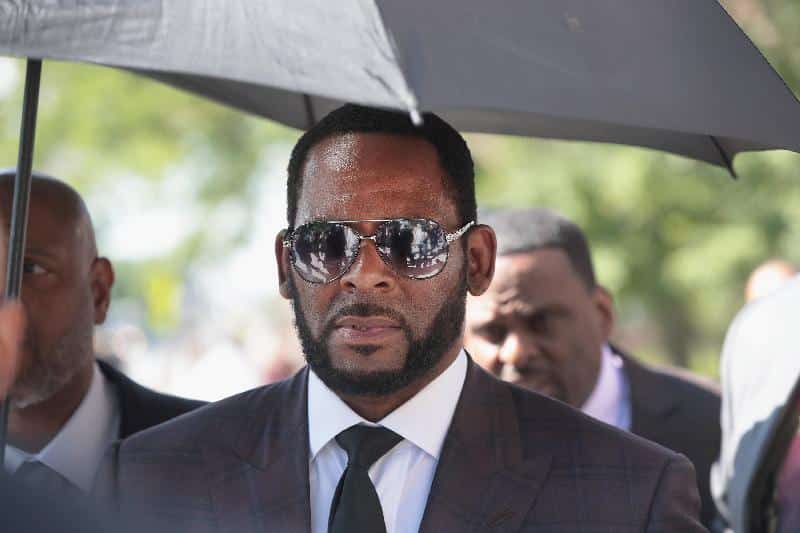
She used the singer R. Kelly as an example. In the 1990s, his sexual abuse of Black teen girls was well known, she said. But it wasn’t until post-#MeToo that he was criminally convicted.
In the 1980s and 1990s, there was an awareness of domestic violence and child abuse, but it was centered on White women and some boys, Gómez said. So movements against sexual violence only reached those specific segments of the population.
What has set the #MeToo movement apart is its coalition across race and genders, she said — it acknowledged the systems of oppression non-White, non-cisgender or non-heterosexual women might have to also deal with, like racism, transphobia, homophobia, ableism or classism.
“Part of what we’re seeing, which is positive, is this increasing awareness of ties to the system,” Gómez said. “It’s more than just sexism against White women.”
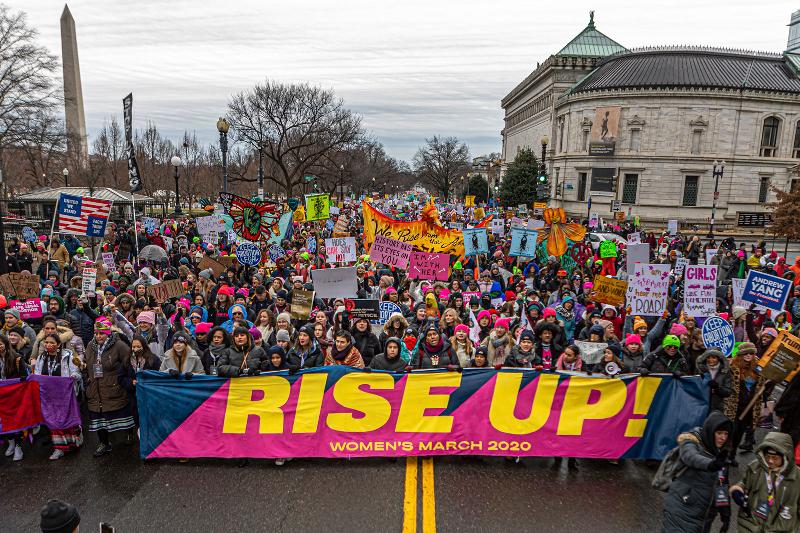
The movement has even changed policy — earlier this year, Congress passed a complete overhaul of workplace sexual misconduct law, initially introduced during the rise of #MeToo.
Conversations around sexual abuse, power and its ties to other systems of oppression are still happening five years later, said Deborah Tuerkheimer, author of “Credible: Why We Doubt Accusers and Protect Abusers.” Not only are they more widespread than before #MeToo went viral, they’ve stayed on the front burner, she said.
“We’re having these conversations, but it’s also the substances of those conversations,” Tuerkheimer said. “What has been striking is that they reflect greater understandings of the realities of abuse than pre-#MeToo. And so what I mean by that is, because so many survivors have come forward and told their stories … there is, I think, a much better idea of what victims look like, what abusers can look like, what abuse looks like, and what some of these dynamics are.”
Tuerkheimer used former New York Gov. Andrew Cuomo as an example. Though Cuomo has denied committing any sexual harassment, New York state Attorney General Letitia James found in an investigation that he had sexually harassed 11 women. A week after the findings went public, Cuomo resigned.
“You see powerful men who, for a very long time, were able to take advantage of their positions of power,” Tuerkheimer said. “(Now) you start to see some of that protection dissipate.”
And the allegations against Cuomo were just last year. Many of the men accused of sexual misconduct back in 2017 have remained largely out of the spotlight: Matt Lauer, the former NBC anchor, has not appeared on television since his firing; Mario Batali, the celebrity chef, sold all his restaurant stake in 2019; Charlie Rose, the once legendary television interviewer, only just made a return to interviewing in April, via a video released on his personal website.
Other high-profile men, like Bill Cosby and Weinstein, began to face legal consequences as well.
But this is not always the case. Actor James Franco, despite multiple allegations of sexual misconduct, has continued to get roles in Hollywood. Louis C.K. is set to perform at Madison Square Garden, one of the most renowned venues in the US, next January.
Who has been left behind?
This isn’t to say #MeToo hasn’t had flaws.
From the very beginning the movement left marginalized folks behind, said Gómez, who noted how it quickly became associated with White celebrities rather than the Black woman activist who actually started it.
The difference now, though, is that a movement centered around White women experienced pushback from the very beginning, in a very mainstream way. In the White-dominated feminist movement of the 1970s, critiques from feminist scholars of color were pushed to the margins, Gómez said.
But in 2017, and still today, those conversations have been happening widely and publicly. (Think of, for example, the phrase “intersectional feminism,” a call to include all women in feminist movements. Then think of the critiques against it, claiming that its use became meaningless virtue-signaling.)
“Now, in the mainstream, this battle for equality in the movement is happening,” Gómez said. “And that’s progress.”
Still, change within a movement doesn’t equate to change outside of it. Women of color, transgender women, poor or working-class women, and those who work in the sex trade or struggle with addiction all have seen the least amount of change as a result of #MeToo, Gómez and Tuerkheimer both said.
“Those who are the most vulnerable in our society are the least likely to receive care and concern,” said Tuerkheimer. “These are the people whose stories are least likely to be told, and least likely to be responded to.”
Examples are everywhere. For the young Black girls victimized by R. Kelly, for example, justice took decades.
And those are just the accusations that we know of. Vulnerable and marginalized workers — like wait staff, or nannies, can be susceptible to harassment and sexual assault, Tuerkheimer said. But knowing the likelihood of change is minimal, many might see silence as the best option.
More than 70% of female restaurant workers are sexually harassed during their time in the industry, according to a 2021 study by One Fair Wage and the UC Berkeley Food and Labor Research Center. In many cases, tipped workers who reported the harassment were told to “just forget about it.”
“We have this vast array of inequalities that you really have to tackle to begin to get at the problem,” Tuerkheimer said. “As much as I think a high-profile prosecution can make a difference, it’s not enough.”
And, in the case of violence perpetrated by Black men against Black girls and women, there can be pressure not to speak up, Gómez said, for fear of damaging the reputations of Black men everywhere by playing into oppressive stereotypes.
Male victims, particularly men and boys of color, can also get left behind in the focus on sexist violence and violence against women specifically, Gómez said.
What still needs to change?
Despite the progress made in the last five years, society still has a ways to go, experts said.
Even as individual attitudes toward sexual harassment and assault have changed, institutions have been slower to adapt. Gómez pointed to the US Department of Education, which, in a recent set of proposed changes to Title IX — which protects against sex discrimination — would require faculty and staff to report of alleged sexual misconduct, regardless of the student’s wishes.
On the surface, this may sound positive: If a school knows abuse is happening, it can do something about it. But sexual abuse already takes away an individual’s choice, Gómez said — why is an institution doing that, too?
“If we understand how sexual violence and abuse works, it’s that it takes away the individual’s agency and autonomy. What they wanted to have happened, didn’t. They didn’t want to have sex, and were forced to,” she said. “Then universal mandated reporting is rapey in that same way, in that if a student doesn’t want to have their information formally reported, you still do it as a professor anyhow.”
Some schools in the past have not handled these cases well. Between 2010 and 2015, officials at Baylor University failed to report sexual assault claims against football players, creating what the NCAA called in a 2021 report a “campus-wide culture of sexual violence.”
In sports as well, institutional change has been gradual. The NFL has been under scrutiny for its handling of allegations of sexual assault, and even with recent policy changes, some have argued the league is still falling short.
Tuerkheimer pointed to a recent investigation in women’s soccer, which found rampant abuse — including sexual misconduct — at varying levels of the sport in the US, including in the National Women’s Soccer League. Multiple NWSL coaches and executives have been fired as a result of the accusations.
“It’s again this story of so much that gets endured before finally the dam breaks,” Tuerkheimer said. “And in a better world, it should not be the case that there’s all that suffering before there’s change.”
Of course, the fact that women’s soccer is being overhauled is a good thing, she continued. But at what cost?
“That’s the moment that we’re at, five years post #MeToo,” Tuerkheimer said, “is recognizing that there’s both the movement in the right direction, but we still haven’t really fixed the problem … We haven’t upended the culture of tolerance for quite a lot of abuse.”
And then there’s the legal system, which still requires that harassment must be severe or pervasive. The law doesn’t care about harassment that’s not extreme, Tuerkheimer said, and often puts the victim in a position to prove it was unwelcome.
“We have all of these legal doctrines that reinforce the problem,” she said. “They show us there’s a problem, they reveal our cultural blind spots, but they also exacerbate those cultural blind spots and they make them worse.”
The silver lining in all of this comes from individuals, Gomez and Tuerkheimer said.
More than twice as many Americans support #MeToo than oppose it, according to new data from the Pew Research Center. The gradual change is still change.
And the individual impact does matter, Gómez said. When she was a child, these conversations weren’t happening.
“My past little girl is getting healing through all of this. And I matter, I’m a person,” she said. “But every person matters. So the changes happening individuals by individuals, family by family, classroom by classroom, community by community, workplace by workplace, each and every person matters. And so any bit of change, any bit of validation, understanding, prevention, awareness, is change that should be counted.”
The world won’t be the same as before #MeToo, Tuerkheimer said. It can’t be, she added.
“There was a shift and a sea change. And even though progress isn’t linear, the stories cannot be put back. There’s something that happened that changed the course of our response to abuse and misconduct,” she said. “And that, I think, is hopeful.”
The-CNN-Wire
™ & © 2022 Cable News Network, Inc., a Warner Bros. Discovery Company. All rights reserved.
We Publish News 24/7. Don’t Miss A Story. Click HERE to SUBSCRIBE to Our Newsletter Now!





